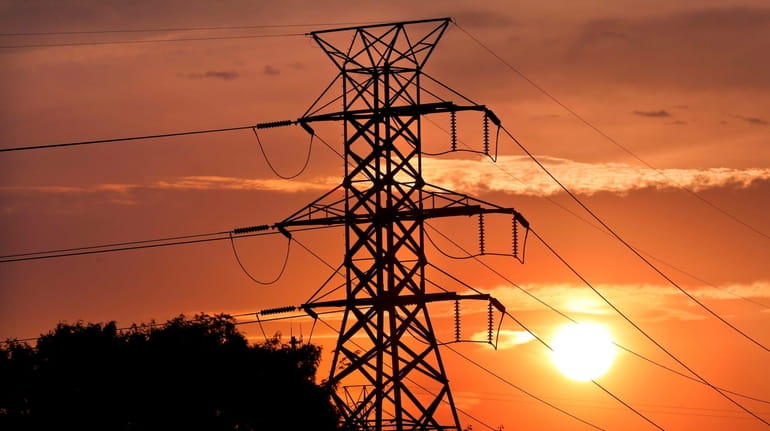Wise to terminate PSEG and restructure LIPA

A new report says LIPA should renegotiate its contract with PSEG, while exploring the option to fully municipalize the utility. Credit: Newsday/John Paraskevas
After Superstorm Sandy and Tropical Storm Isaias in August this much is clear: storms are getting worse and more frequent, and trust in LIPA’s public-private partnerships is plummeting. And we fear that Long Island will experience such outages again unless LIPA undergoes serious structural change.
Extensive reports of PSEG Long Island’s management of Tropical Storm Isaias have led LIPA board members to propose several paths forward. Of these choices, only full municipalization can bring the affordable and reliable electric services that Long Islanders deserve.
Since its creation in 1986, LIPA has relied on partnerships with private power companies to provide electricity operations and customer service. But running an energy system today is more complicated than ever before as storms have become more powerful. Meanwhile, the state’s Climate Leadership and Community Protection Act climate reduction goals require responsibilities beyond what today’s private energy utilities were built for.
Reports by the Department of Public Service and LIPA are clear: PSEG Long Island is the wrong choice for today’s challenges. PSEG Long Island’s computer systems were malfunctioning before Tropical Storm Isaias slammed Long Island, but management left the issue uncorrected and failed to disclose the information. Isaias left 535,000 customers without power or answers. PSEG Long Island is not alone. In 2019, Con Edison raised $350 million to modernize relay protection systems in the downstate region, and then scrapped the plans.
It doesn’t have to be this way. Across the country, 2,000 public power utilities serve almost 15% of Americans, and offer 13% cheaper rates and 47% shorter outage times than private utilities. In the face of worsening storms, Winter Park, Florida, voted to municipalize in 2003. It has since expanded solar generation and improved grid reliability, while keeping rates below the state’s average. Some fear inefficiency from public agencies, but municipal utilities have proven innovative. For instance, in 1996, Chattanooga’s Electric Power Board began investing in fiber optics, laying the groundwork for a world-class smart grid that has reduced power outages by 60% and saved the city close to $60 million annually.
LIPA must learn from Winter Park and Chattanooga by leaving private partnerships behind and going fully public: ownership, management and operations. To better represent the public, LIPA’s board must include more representation of local stakeholders, from resilience experts to community and environmental advocates. Planning and operations must be informed by public participation processes and partnerships with universities and local organizations.
Let’s start relying on solutions that work. The waters are getting rougher, and it’s time for Long Island residents and customers to take the helm and steer a new course for LIPA.
Lisa Tyson is director of the Long Island Progressive Coalition, and Michael Menser is a professor of philosophy and urban sustainability studies at Brooklyn College.
